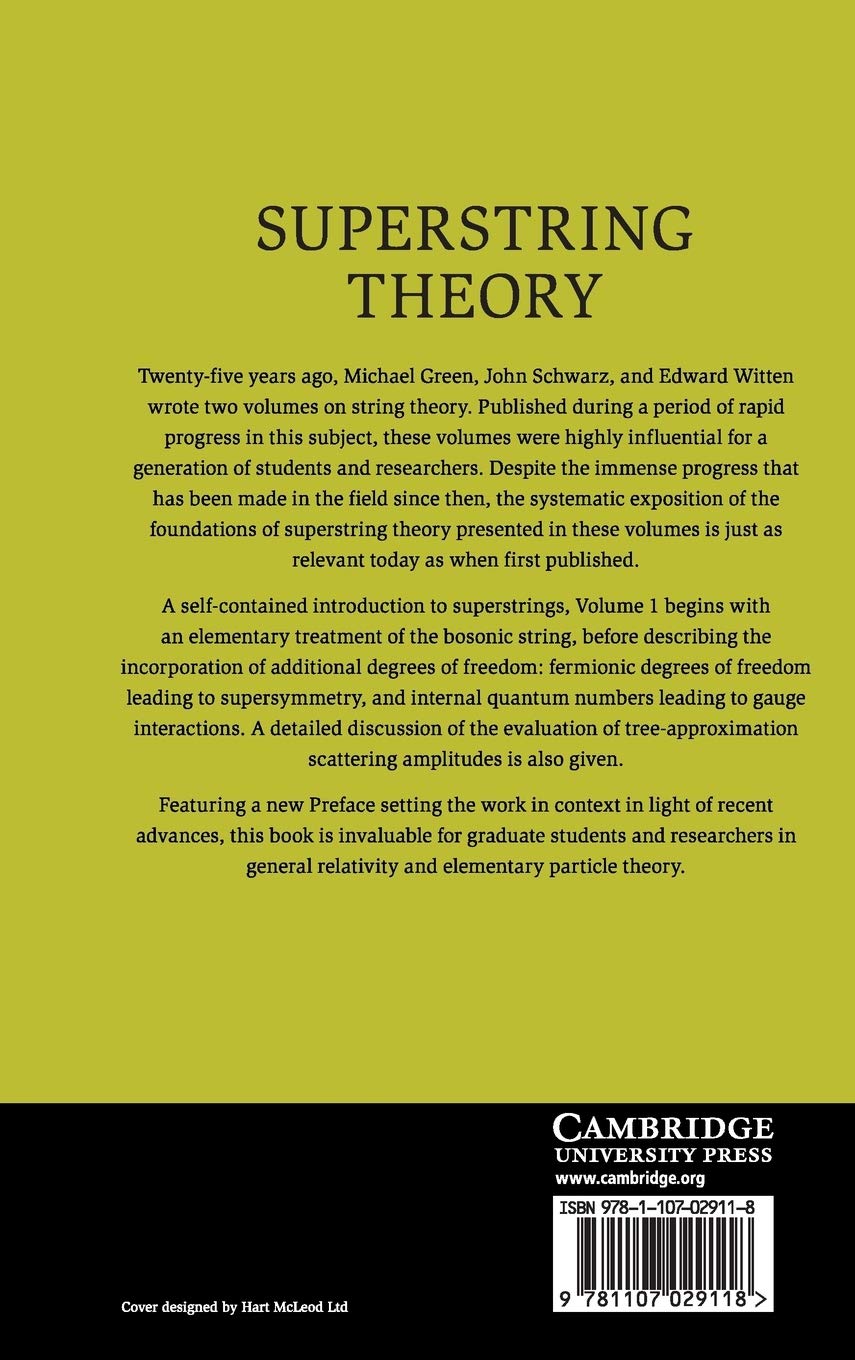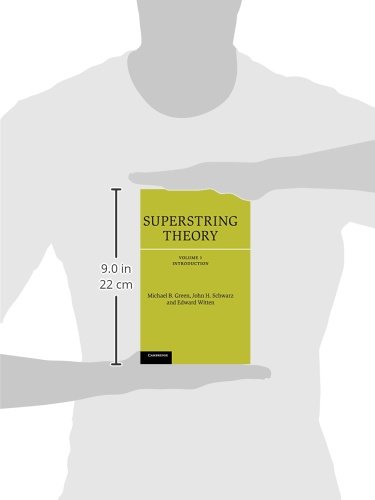Servicios al cliente
Sobre nosotros
Copyright © 2025 Desertcart Holdings Limited
Desert Online General Trading LLC
Dubai, United Arab Emirates




Superstring Theory: 25th Anniversary Edition (Cambridge Monographs on Mathematical Physics) (Volume 1)
Trustpilot
Hace 1 mes
Hace 1 semana